by Naomi L. | November 29, 2017 | Blog, Creative Writing |
It’s the end of November, with only one more day left in NaNoWriMo! If you’ve finished your 50,000-word novel (or definitely will tomorrow), congratulations! There’s no better feeling than accomplishing such a huge goal!
As the month winds down, you’re probably wondering what comes next. What do you do after winning NaNoWriMo? There’s still a ways to go to get your book out there, so to help you find your footing, I’ll break it down into five simple steps. For your reference, here’s a brief post-NaNoWriMo guide to help you get from messy manuscript to published novel! Good luck!
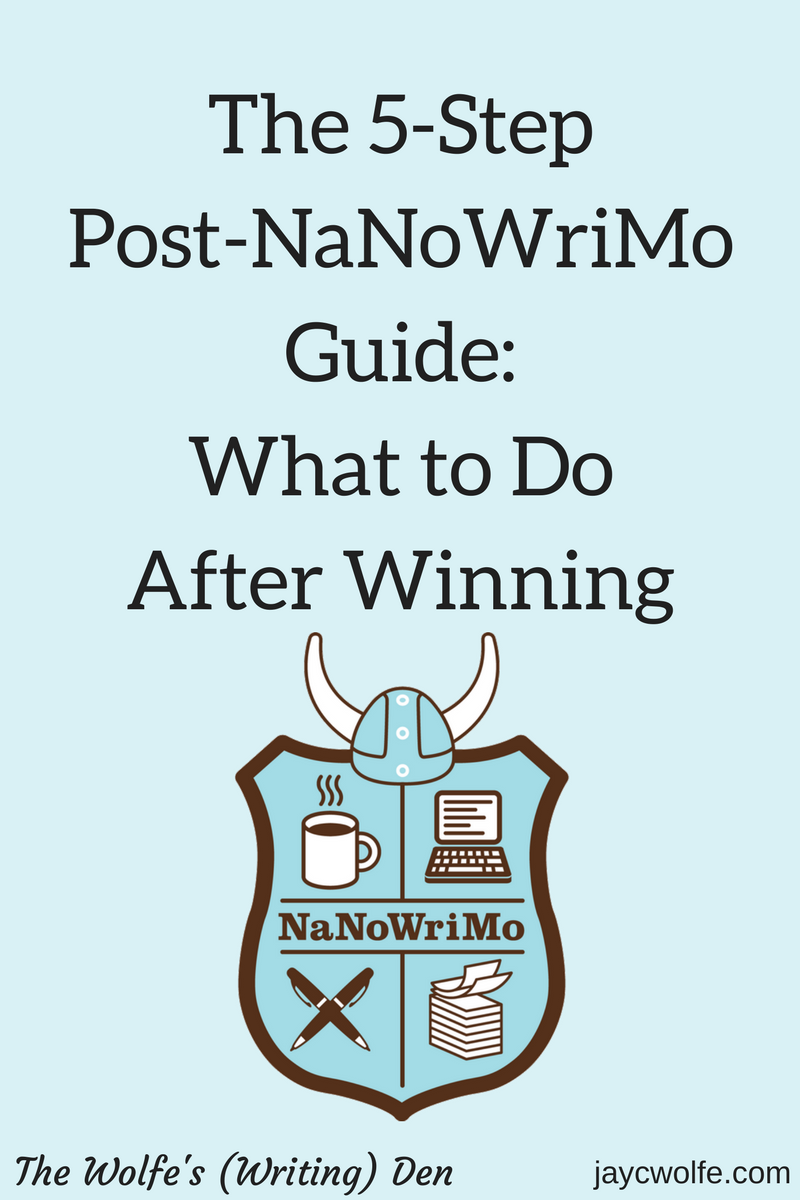
Step 1: Celebrate!
Hey, you just wrote 50,000+ words in a month! That’s nothing to sneeze at! Your novel’s journey is far from over, of course, but you don’t need to worry about publishing or marketing just yet. For now, take a bow and congratulate yourself on achieving something incredible! Go you!

Step 2: Take a break from your manuscript
After 30 days of writing nonstop, you’re probably sick of looking at your manuscript. The good news is that you don’t have to for a while! The writing part is done; now’s the time to let the first draft sit and breathe.
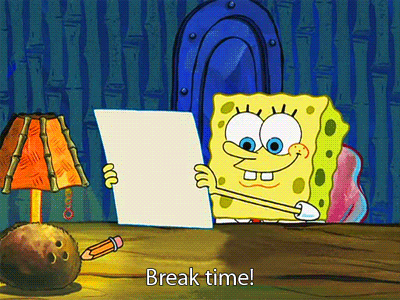
How long exactly varies from writer to writer. Two weeks to a month should be enough, but feel free to take a little more time if you need it (so long as you remember to come back to it). Go back to writing your other stories or just relax with your family over the holiday season. When the time is right to return to your manuscript, you’ll know it.
Step 3: Edit with care
November was the time to rush through your first draft just to get it done. Next comes the editing, which shouldn’t be nearly as rushed.
Once you’ve let your manuscript sit for a while, take it back up for a few thorough rounds of revisions. You don’t have to do it at sloth speed, of course, but don’t feel like you have to pants it like you did in the first round. Polish your work as much as you can until there’s nothing left you can do, then prepare to send it to a professional editor (overlapping with Step 5). Repeat this step every time you get it back until your novel is ready for publication!
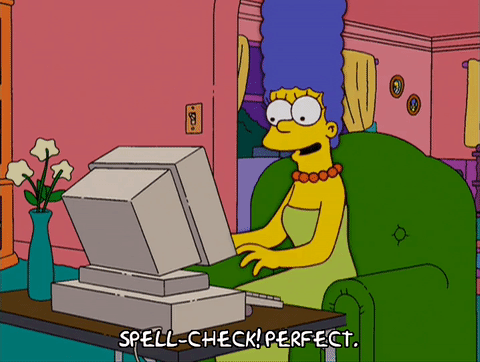
Important: Do not skip this step! However proud of it you may (and should) be, your manuscript is not ready to be self-published or submitted to a publisher at the end of November! You must edit it yourself and send it to an editor at least once before declaring your novel complete!
Step 4: Regain your confidence and keep going
The editing phase is the part where many aspiring novelists lose a large chunk of their self-confidence. Whereas writing encourages you to keep moving forward without looking back, editing forces you to confront all the mistakes you made in the first draft. Prepare yourself; it can be a real slap in the face!
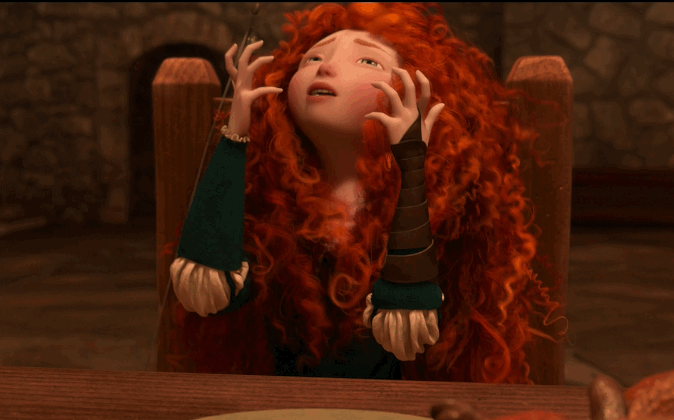
Trying to sort out everything from your plot holes and inconsistencies to your run-on sentences and misplaced commas can take a huge toll on your morale, which is why it’s important to step back and take a deep breath. Remember why you wrote this story in the first place. Know that the fear and self-doubt you feel is normal, but you can conquer it. You’ve already come this far, so buckle down and keep going until your final draft is done!
Step 5: Prepare your novel for publication!
Ok, this part actually constitutes a series of steps, but I’ll simplify it here so as not to overwhelm you. Once you’ve done as much as you can yourself, it’s time to reach out to others for help. It may sound scary, especially if you’re an introvert, but there’s no way around it. You can’t make it to the finish line alone!
Get feedback on your early drafts from beta readers: family, friends, and/or online critique groups. Hire an editor to help you polish your manuscript to a readable form (again, this part overlaps with Step 3). Reach out to book agents and publishers (if you’re going the traditional route), or find book formatters, cover designers, and book marketing outlets (if you’re self-publishing).
I know it all seems overwhelming right now, but you can do this! The key is to take it one step at a time. Keep working toward your dream and you’ll be a published author before you know it!
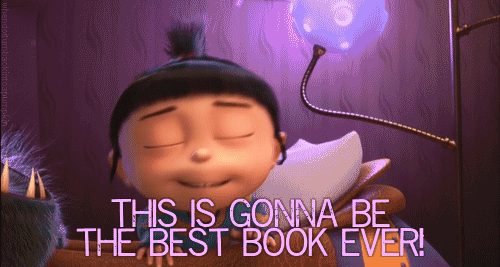
Did you win this year’s NaNoWriMo? Still working on your first draft, or are you ready to start preparing your novel for publication?
Image courtesy of National Novel Writing Month
by Naomi L. | November 19, 2014 | Blog, Creative Writing |
Welcome to the November round of Writer’s Reveal! Unfortunately, because Emily Hawker is unable to continue organizing the event, this may also be our last Writers Reveal. So for what could be our closing topic, Melissa of Melissa Writes sent us a prompt centered around publishing.
All writers start somewhere. What is the first ever piece of writing you had published?
Thanks for the prompt, Melissa! Hope you enjoy my take on it!
My First Published Work(s)
What exactly was my first published work? This question is a little tough for me to answer, since it depends on how I would define being “published”. Was it the first piece I wrote that was actually read by someone other than myself? Was it the first story I shared publicly? Or was it the first work of mine that was officially printed? The truth is that I can’t pinpoint one exact piece for any of these cases because I’ve been writing for as long as I can remember. What I can do, however, is list examples that fit into each of these different categories of “publishing”.
So thinking back on my history as a writer, here are some of what I consider my first published works:
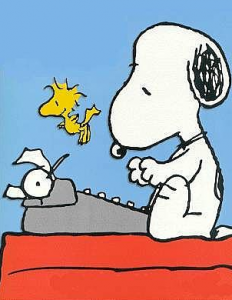 1) School assignments and first books – If being “published” means having any of my work read, then elementary school is definitely where I started. Though I wrote frequently as a child, most of the pieces that made it to readers were the result of narrative assignments for composition classes. One of my favorites was a handcrafted book titled “My Pet”, a first-person narrative told by a girl who owned a pet dolphin. Other works included short stories that were usually only read by my teachers and my parents, several of which are still somewhere in my mom’s archive of our childhood memories. And of course, there was my first attempt at writing a novel when I was ten. Even if those stories weren’t that good, it’s touching to know I’ve had my family’s support from the very beginning, so in terms of having my work read and enjoyed, I’d say I’ve been successful.
1) School assignments and first books – If being “published” means having any of my work read, then elementary school is definitely where I started. Though I wrote frequently as a child, most of the pieces that made it to readers were the result of narrative assignments for composition classes. One of my favorites was a handcrafted book titled “My Pet”, a first-person narrative told by a girl who owned a pet dolphin. Other works included short stories that were usually only read by my teachers and my parents, several of which are still somewhere in my mom’s archive of our childhood memories. And of course, there was my first attempt at writing a novel when I was ten. Even if those stories weren’t that good, it’s touching to know I’ve had my family’s support from the very beginning, so in terms of having my work read and enjoyed, I’d say I’ve been successful.
2) Fanfiction and online poetry – If being “published” means getting my work out to people who don’t know me personally, then my first published works were probably video game fanfiction stories I shared online. Silly as it may sound, these were essential in my development as a writer because all the positive feedback I received from strangers really helped boost my confidence in my talent. My favorite pieces among these were two novel-length stories set in the Sonic the Hedgehog universe: “Generation Beta“, my first publicly available story over 50,000 words long (and which, after five years, still gets hundreds of hits a month); and “Chaos and Control“, the story on which I’ve worked the hardest in my life and which has become the model for the original novels I plan to publish in the future. Around the same time I was writing fanfiction, I also used to post some of my poems on DeviantART, some of which have since been reposted here on my blog. They may not be printed in any “official” media, but if people out there are reading my stories and poetry, I already consider myself a published writer.
3) College thesis and Reader’s Carnival submission – If being “published” means having my work available in print, then my first real publication was my undergraduate thesis. This was also the first non-fiction work of mine that was made publicly available. It’s not exactly what I imagined my first book would be, but the thesis about West Atlantic reef fish evolution sitting on my shelf is still something to be proud of. As for a creative piece, I have a sonnet published in the October issue of Reader’s Carnival, which just went into print this month, so that’s something to be excited about too! It may not seem like much now, but hopefully these will prove to be stepping stones to a whole career of my printed works!
These are just some examples of what I would consider to be my first published works. There have been many “firsts” throughout my writing history, but they’ve all played an important role in my growth as a writer, and for that I value every single one. Here’s to many more publications to come! Thanks for reading!
What was your first published work? How would you define being “published”?
This has been a special topic post for Writers Reveal, a monthly blog swap among several talented writers. Be sure to check out the other blogs participating in the event. Thanks for reading!
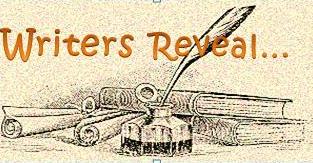
Other bloggers in Writers Reveal
Melissa Khalinsky: Melissa Writes
Becky Fyfe: Imagine! Create! Write!
Ashley Howland: Ghostnapped
Emily Hawker: You Learn Something New Every Day
Lee-Anne Walker: Is it just me?







 1) School assignments and first books – If being “published” means having any of my work read, then elementary school is definitely where I started. Though I wrote frequently as a child, most of the pieces that made it to readers were the result of narrative assignments for composition classes. One of my favorites was a handcrafted book titled “My Pet”, a first-person narrative told by a girl who owned a pet dolphin. Other works included short stories that were usually only read by my teachers and my parents, several of which are still somewhere in my mom’s archive of our childhood memories. And of course, there was my
1) School assignments and first books – If being “published” means having any of my work read, then elementary school is definitely where I started. Though I wrote frequently as a child, most of the pieces that made it to readers were the result of narrative assignments for composition classes. One of my favorites was a handcrafted book titled “My Pet”, a first-person narrative told by a girl who owned a pet dolphin. Other works included short stories that were usually only read by my teachers and my parents, several of which are still somewhere in my mom’s archive of our childhood memories. And of course, there was my 

Recent Comments